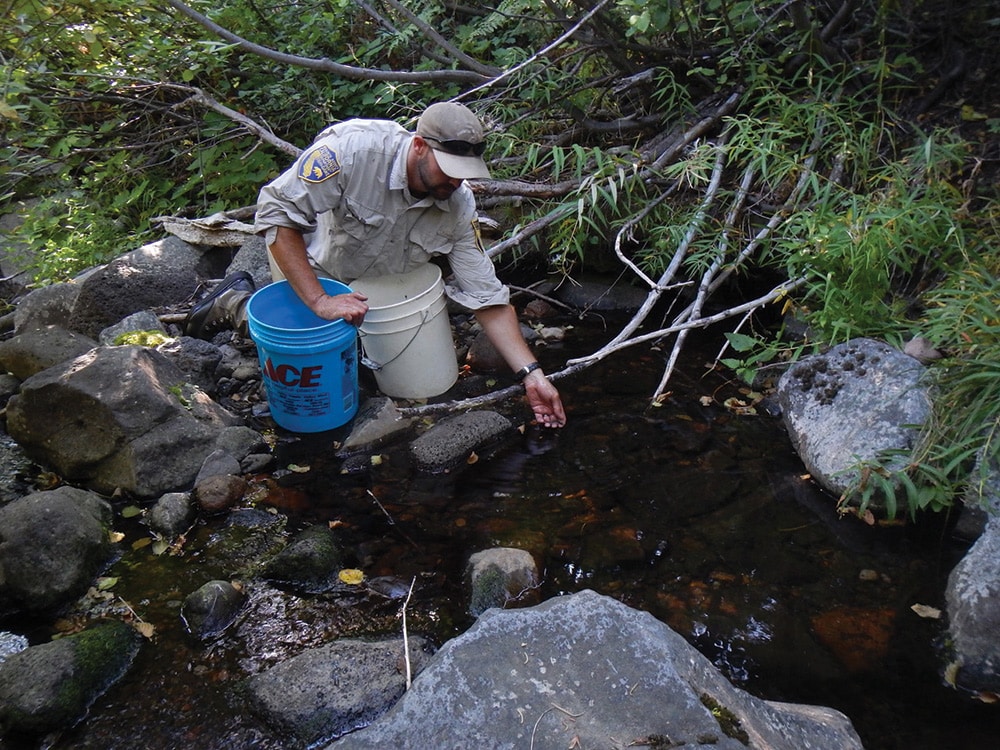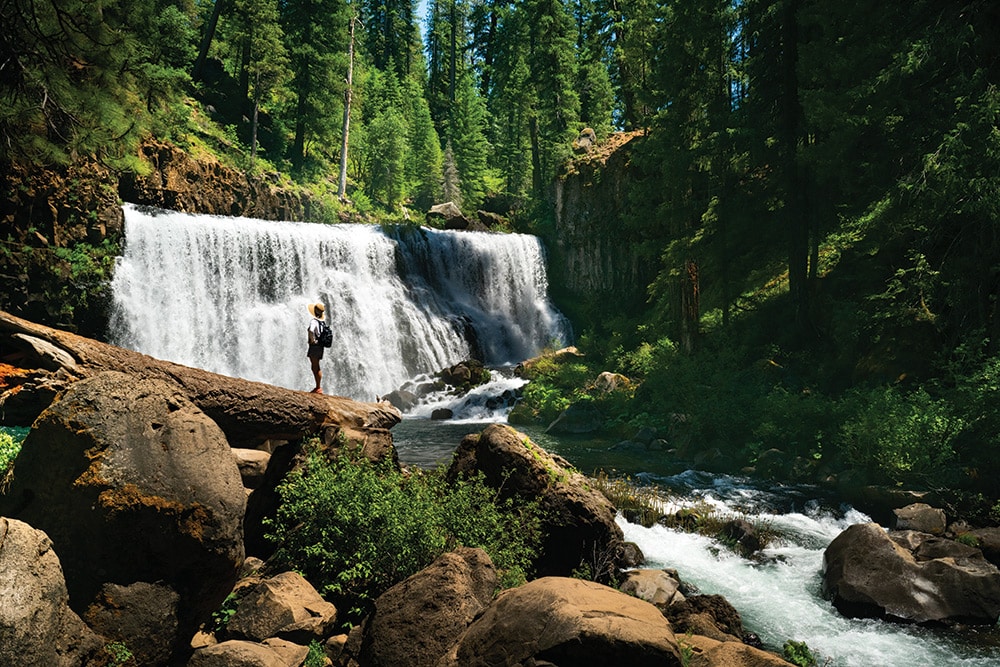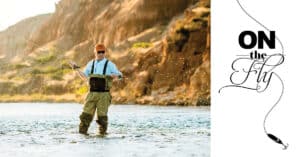Fish Tale
McCloud River Redband Trout…
One of the most famous fish in the world comes from Siskiyou County’s scenic McCloud River. Identified as the McCloud River Redband Trout, this subspecies of rainbows is an inland trout that is native only to the upper McCloud watershed. But in the 19th century, their genetics made a global splash.
“The history of the McCloud River spawning operations is intriguing,” explains Sam Plemons, a senior environmental scientist who worked with the McCloud River Redband Trout at the California Department of Fish and Wildlife for nearly 15 years. “In 1872, the United States Fish Commissioner, Spencer Baird, tasked Livingston Stone, a prominent fish biologist, to go to the Pacific Coast in search of salmon eggs to supplement or support declining Atlantic salmon populations. Stone ended up on the McCloud River, approximately two miles upstream from the confluence with the Pit River, an area now inundated by Shasta Lake.”

What soon followed was a makeshift salmon spawning operation at the site and the transport of salmon eggs back to the East Coast – often with mixed results. So, in 1879, Stone established a companion trout breeding station to also transport trout eggs. “They found that trout were much more successful and became established in many of the waters they were stocked in, as opposed to salmon,” Plemons says. “McCloud River rainbow trout are now the source of many rainbow trout populations throughout the world.”
According to Michael Dege, a senior environmental scientist responsible for wild trout with the California Department of Fish and Wildlife, the McCloud River Redband Trout is a “showy little fish” and generally easy to identify. “It has a rather pronounced brick-red lateral stripe on it which may show up more with the spawning and the sexes, and they maintain their parr marks (dark vertical bars on their sides) as adults, whereas most rainbow trout only have them when they’re juveniles. Their fins can be white tipped with some coloration of a gold sheen or yellow to them at times and there’s some spotting that goes on which might emphasize some of these colors more.” Dege also gives a caveat. “What I tell people is with every stream you go to, you can catch a high degree of variability with this trout.”

What makes the McCloud River Redband Trout a genetically distinct subspecies is the fact that it has been geographically isolated above the McCloud River’s impassable Middle Falls for thousands of years. Many types of trout (including most rainbows) are anadromous, meaning they migrate from fresh water out to the ocean until they swim back upstream to breed where they were born. But McCloud River Redband Trout don’t migrate, so they’ve evolved independently. “We don’t even find another native fish species in some of these headwaters so really it’s a pretty odd thing we have,” Dege says.

Conservation of these fish has been a collaborative project between the University of California at Davis and the California Department of Fish and Wildlife for more than 25 years. “The general objective is to identify where populations of McCloud River Redband Trout exist, because these are the core conservation populations that are integral to the continued persistence of the species,” explains Plemons. One of the biggest threats to the fish is the rapidly changing environment. Dege notes, “I would put them in the category of a key indicator species. Because of their biology, trout usually require cold, clean water. And the fact they live at about 4,000 to 4,500 feet, they’re very susceptible to climate change because that elevation is going to get less snow and more precipitation, and it’s going to come through the system much faster than the historic snowpack in the Sierras.”

Plemons likewise emphasizes the unique nature of these fish and their pristine environment. “Surprisingly, few people outside of the avid angling community know about the gem we have right here in our backyard. If you’re up for a day or weekend of exploring, I would highly recommend visiting the upper McCloud River. In just an hour from Redding, you’re in the heart of McCloud River Redband Trout country, with its long and fascinating history.”

For anglers ready to do some exploring, Plemons directs them to the Heritage Trout Challenge administered by the Heritage and Wild Trout Program. The challenge is to catch and document six different species or sub-species of native trout in their historic drainages – including the McCloud River Redband Trout. “The Heritage Trout Challenge is designed to recognize California’s native trout, highlight angling opportunities for them, and provide an avenue for interested stakeholders to become involved in their conservation and management,” explains Plemons. He also notes an additional perk. “Pursuing the challenge will take you to some of the most beautiful, remote, and scenic areas of California.”•
Look for an upcoming presentation by Michael Dege this fall at the Mt. Shasta Sisson Museum & Hatchery in Mt. Shasta.




